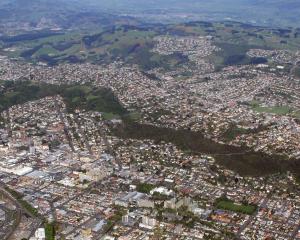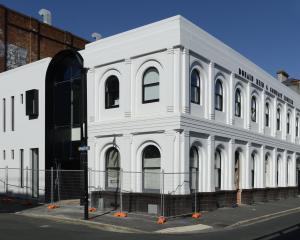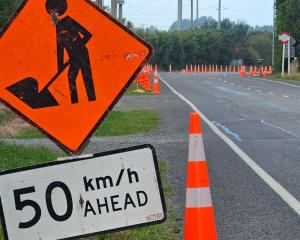The Department of Conservation is New Zealand's de facto tourism operator, Chas Tanner writes.
Being an advocate for the management and protection of our wild lands, and having travelled to many other overseas wilderness areas, I am qualified to make two irrefutable observations.
First, New Zealand has absolutely stunning natural landscapes of mountains, rivers, forests and marine environments.
Secondly, the government agency charged with caring for our public lands is doing a brilliant job.
The Department of Conservation (Doc) has teams of the most skilled and dedicated staff who are mandated to apply their knowledge in accordance with sets of rules and regulations gazetted into numerous laws.
These include The Conservation Act, National Parks Act, Wild Animal Control Act and many more.
It is a complex and big organisation to run.
As its department name suggests, Doc is primarily in existence for conservation work.
So how is it then that over the years it has become the de facto manager of much of our tourism infrastructure?
I suppose maintaining camping grounds and tramping tracks is ensuring that our public spaces are well cared for in the spirit of conservation, and Doc does it well.
But what about the Ministry of Tourism and its minister, our Prime Minister?
He who boldly swans around the globe promoting New Zealand for all to want a slice of our paradise, with little regard it seems for the immense pressure it is putting on Doc's infrastructure.
Let me give two examples of where Doc's resources are stretched.
More than a year ago, the Ombudsman upheld a complaint I made about increased walker numbers on one of our Great Walks.
The Ombudsman made some very strong recommendations that Doc review its concession processes.
Nothing has been done.
I hope this is due to lack of available human resources, but it is a woeful situation regardless.
Another example.
The Aoraki/Mt Cook Area office of Doc is just about a tourism office with most if not all of the conservation work being carried out by its Twizel office.
I can't quite understand the relatively new restructuring system, but that's how I think it works.
So in recent times, $3million has been spent upgrading tracks and building new bridges in the national park.
For whom?
A large proportion of visitors to the park come from overseas.
Tourists enjoying facilities provided from our tax dollar.
Doc has even got a souvenir shop in the village.
Is this its core business?
I don't know how Doc is going to manage the massive tourism invasion.
Already they are seeking partners from the private sector to financially assist with conservation work, and without doubt some of its mandated functions are not performing.
Ministers John Key and Maggie Barrie have to start talking.
If I was boss of Doc, I would be an extremely worried man.
Years ago I wrote an article in the Federated Mountain Clubs bulletin suggesting inbound tourists should be charged a "conservation levy''.
Just imagine if each tourist is levied $25 and inbound tourists numbers rise as predicted.
Easy maths, easy money and a nice way to help Doc with the cash to perform its statutory obligations, its core business of conservation.
- Chas Tanner is a Dunedin resident, past president and life member of the New Zealand Alpine Club and past member of the Otago Conservation Board.












